SHARRYLAND
Experience the Map of Wonders
Piubega, MN, Italia
What to do near Piubega, MN
Results ( 69) for: " Piubega, MN, Italia"
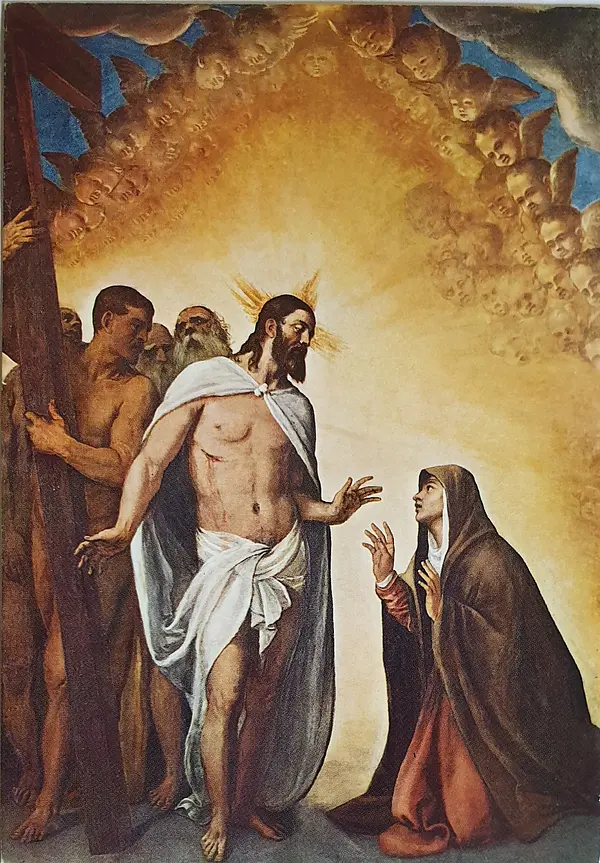

Parish Church of Medole
Inside the building, which is the result of a harmonious combination of parts and styles, we find important works of art such as the altarpiece by Titian and the Mantegnesco-style Lamentation.
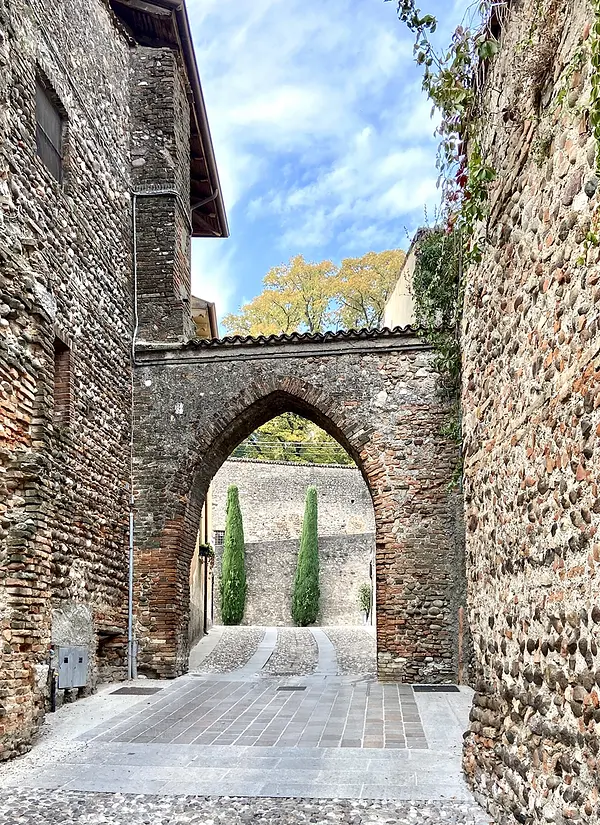

The castle of Volta Mantovana
Panoramic castle dating from the 11th century, still surrounded by walls, with beautiful Gothic gateway. On the same square are Palazzo Gonzaga and its stables, often the site of exhibitions.


Gonzaga-Guerrieri Palace, Gonzaga's villa of delight
It has a special grace because of its beautiful garden sloping into four terraces and its location, at the top of the village.
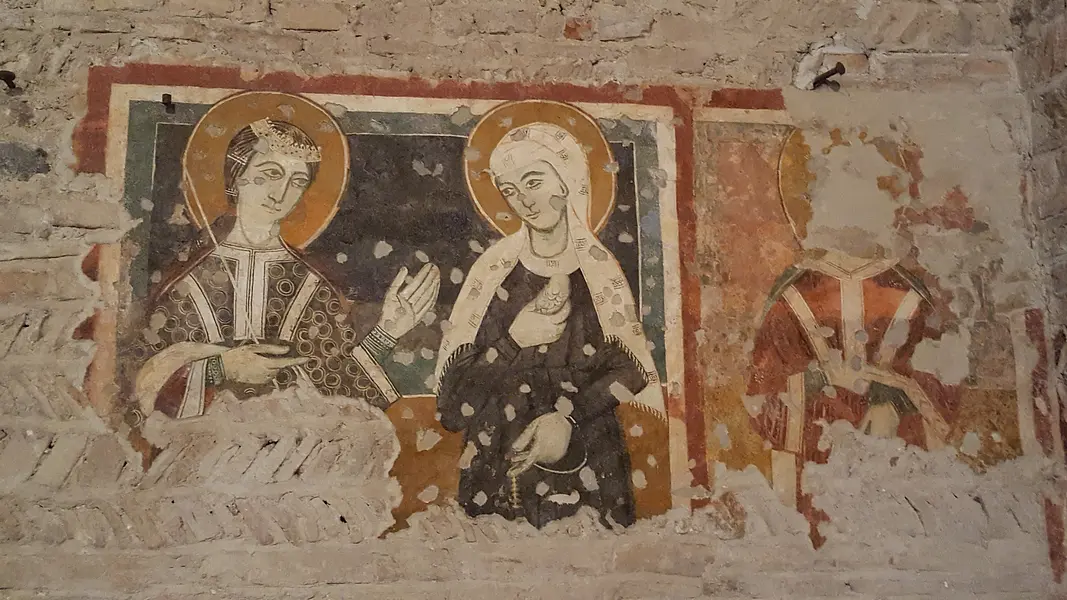

Our Lady of the Parish (small church)
A small Romanesque church from the 1100s holds striking frescoes atop a hill. Surrounded by greenery, it stands out because of the color of its stones, and there is a view of the Po Valley.
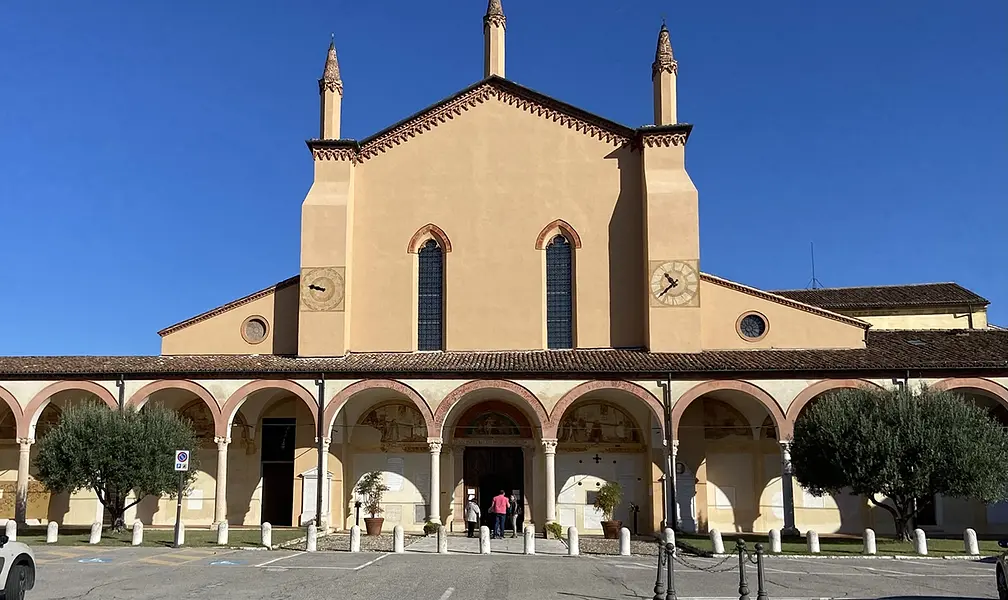

Shrine of the Blessed Virgin Mary of Grace
A shrine from the late 14th century, rich in votive offerings, located in a park overlooking the Mincio River
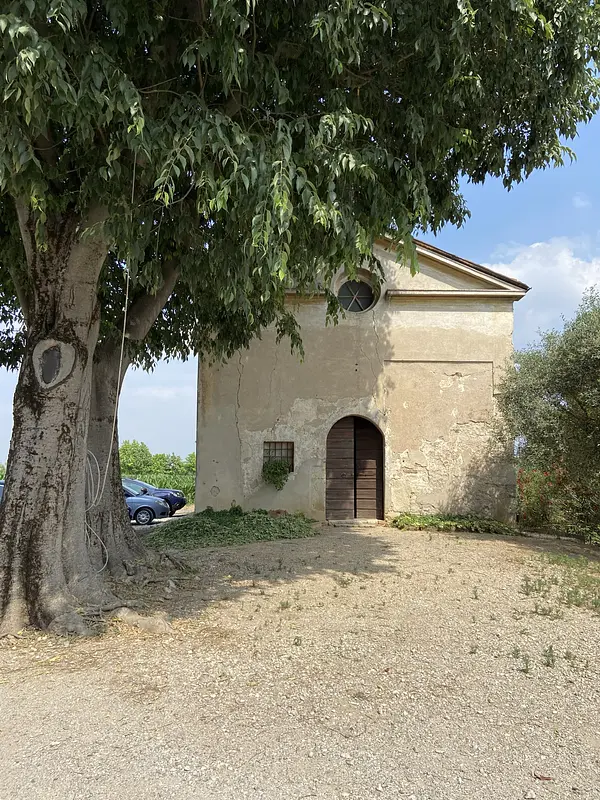

Pieve di santa Maria in Carpino, Carpenedolo, Bs.
Small but charming Romanesque church, lost in the Brescian countryside among oleander and corn, in the shade of a large tree.
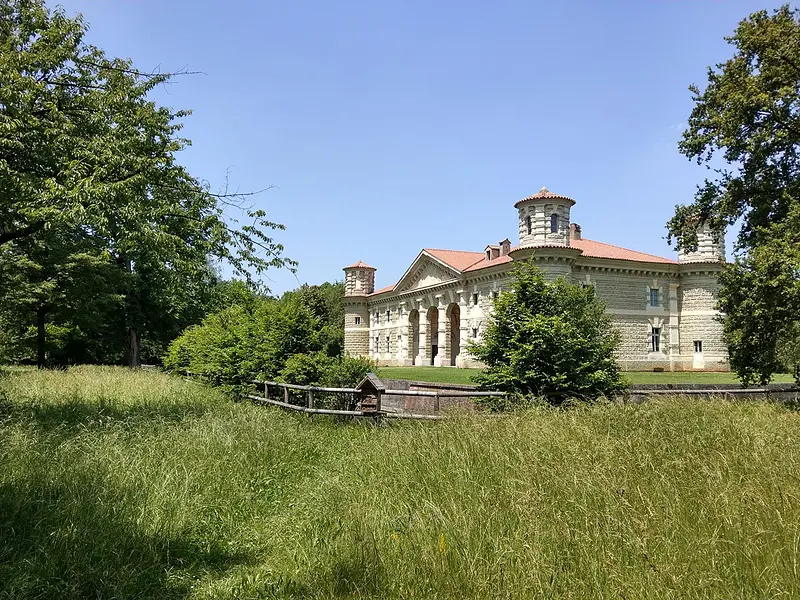

Bosco Fontana Nature Reserve
A forest worthy of a palace
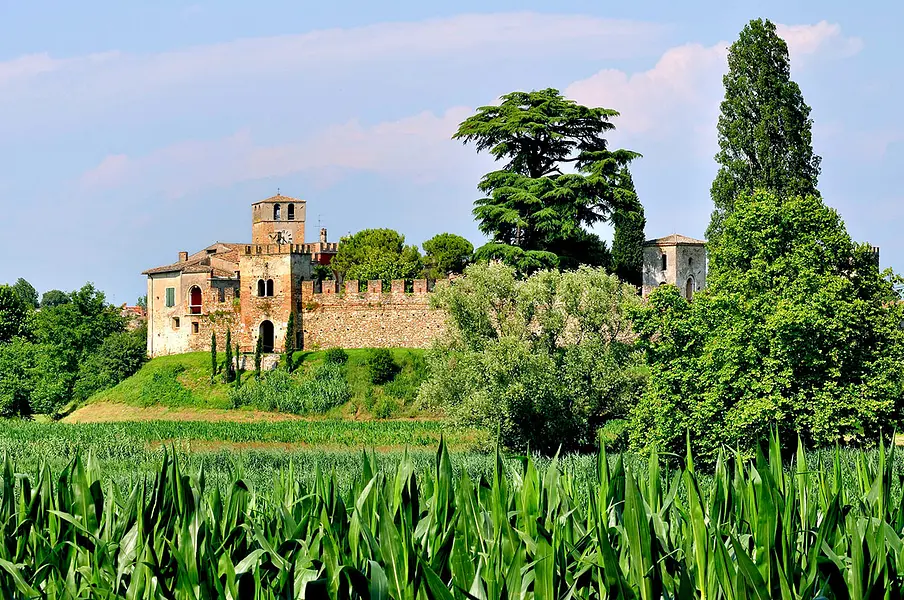

Village of Castellaro Lagusello
The water heart of the Moraine Hills and an enchanted village
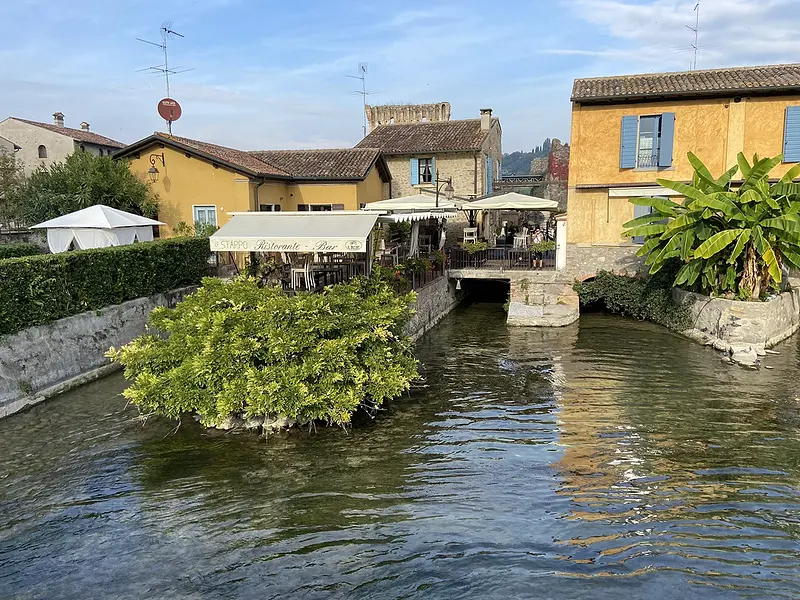

Borghetto sul Mincio, among the most beautiful villages in Italy
Known to all as a romantic hamlet, it recounts a "embattled" past
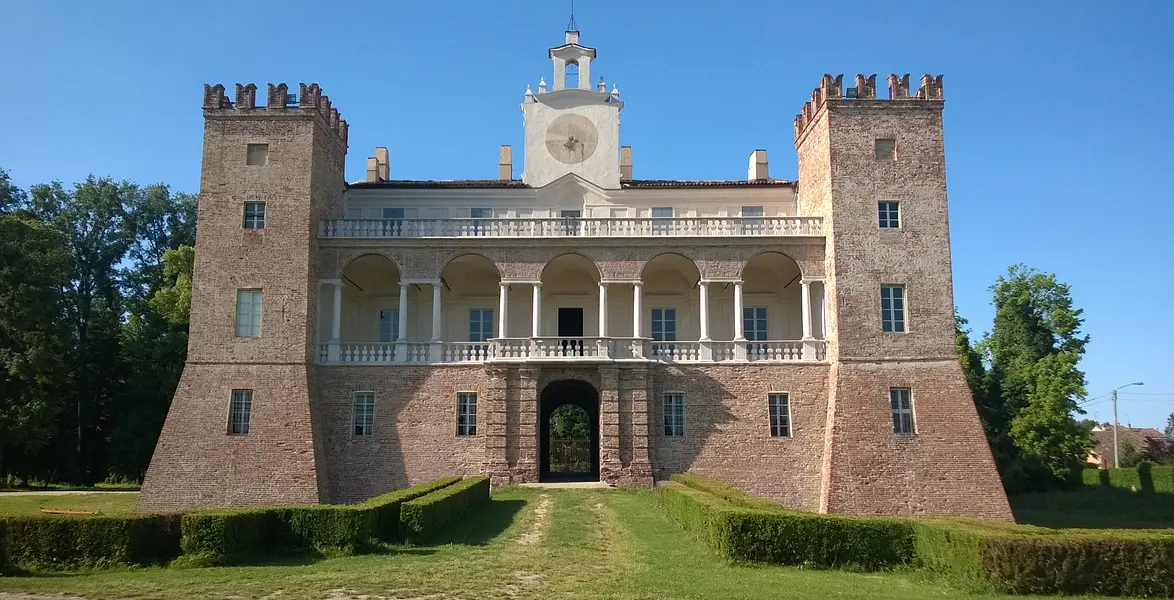

Villa Medici del Vascello
A villa, a garden, a lady living there, and immediately you are off on a Renaissance journey. If then the Dame is the one with the ermine, Cecilia Gallerani, the charm is irresistible!


Pozzolengo Castle
High above the village, surrounded by walls that also embrace the ricetto, stands a 13th-century castle. Of its many towers, one gives access to the ricetto, another, cylindrical, serves as a bell tower.
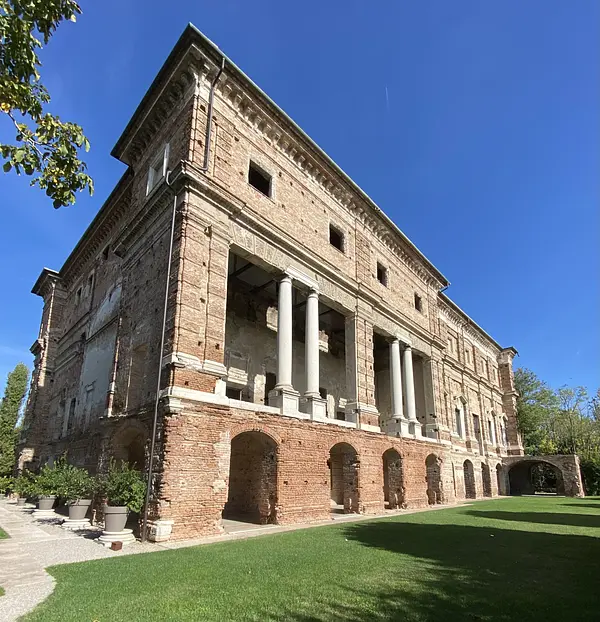

Villa La Favorita
Villa between Mannerism and Baroque, from the early 17th century. Commissioned by Duke Ferdinando Gonzaga and designed by architect Nicolò Sebregondi. It was to house the court but was never finished.